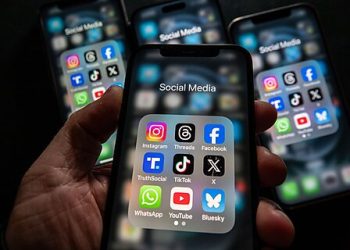I am a firm believer in the value of face-to-face communication but Covid has meant that we have had to make many changes.
Over the past few weeks, I have been impressed by a story of hope and support – that has resulted from an on-line relationship.
A tragic life change
Johan is a handsome, 24 year-old male client of mine who was a landscape gardener. He was referred to me by his doctor after a serious car accident that has left him unable to walk and only able to move about in a wheelchair. The challenges ahead of him are great. He has had to give up his work, which has always been the love of his life.
For some years, Johan has been an avid blogger on social media and now has thousands of followers. His blog has always provided a creative outlet for him after a day of being out in the open. He has also written about his accident: how it has changed his life and how he can never go back into his much-loved profession. But he has blogged about his experience in a positive way; how he has been determined to overcome his disability, knowing that there were others far worse off than he. Despite having frustrating days, Johan understands that he faces the same issues as others who have been permanently injured and this sense of shared identity has been crucial in promoting strong on-line relationships.
His many readers have developed a strong empathy with Johan and when his mother recently wanted to raise funds for an electric wheelchair, she made contact, via his blog, to his existing followers. Within days, not only was the money raised for the wheelchair but also offers of job opportunities also came.
He arrived at my consultancy room in tears of disbelief and joy. The depth of the relationship with his followers on social media made a great impression upon me.
The support that he has received not only has helped him to deal with his changed life, but it has done much more than that. He has developed a strong bond with hundreds of people who he didn’t even know just a few short months previously.
His story has resonated with me and made me think more about the relative importance of virtual relationships and social networks.
Leading virtually
So what is the relevance of this story for those leading virtual work-teams using remote facilities. Johan certainly shows us that it is possible to build strong relationships via electronic media without face-to-face contact. Relationships are critical to successful team functioning because they foster mutual support and cohesion within the group, both of which are essential for essential teamwork. Johan’s story provides us with the knowledge of the factors that can help create successful relationships through social media and electronic communication i.e. shared identity, positivity in communications and the maintenance of continuity in personal connections.
How do we translate this learning into industry when there is sometimes the necessity to manage maybe 100 people, or more, through efficient and effective inter-personal communication?
Virtual team leaders should:
• Ensure that all members feel they are an integral part of the team
• Regularly share details of company and departmental progress in a positive way
• Build team morale and productivity by praising team members, individually and with the knowledge of the rest of the team – for a job well done
• Always keep lines of communication short and where possible – go direct!
Individual identification with their group by all team members is strengthened by positive feedback and personal appreciation being shown for individual contribution to team success.
So what is my opinion on the question of being able to build competitive advantage within the team, even though members may be hundreds of miles apart? Very simply, I am converted! I think that Johan has shown us another perspective of how the modern workplace has changed and how it has become a wired world in which we can all be connected. This doesn’t detract from the fact that we all like to feel a part of a community. Whether that community is together in one building or scattered around the country – it is still possible to build effective teams.
Read more:
How to build virtual relationships when you can’t network face-to-face
















